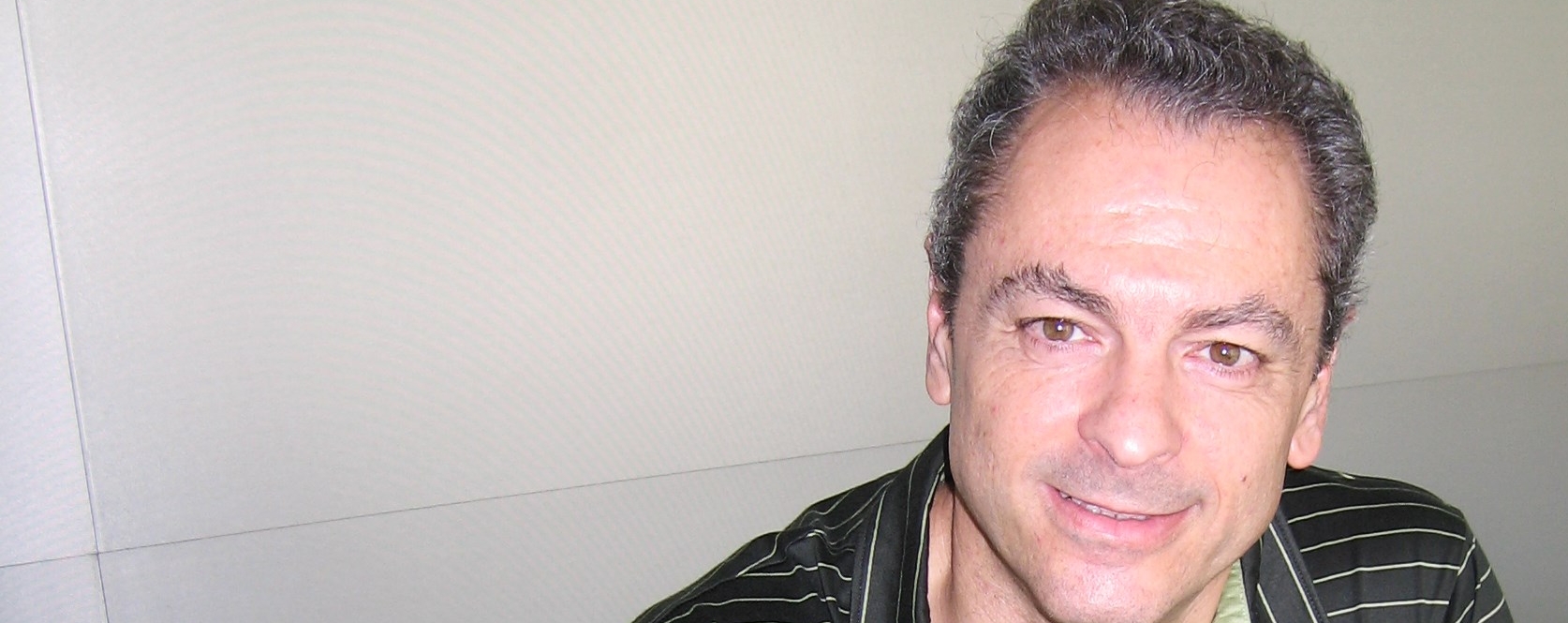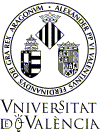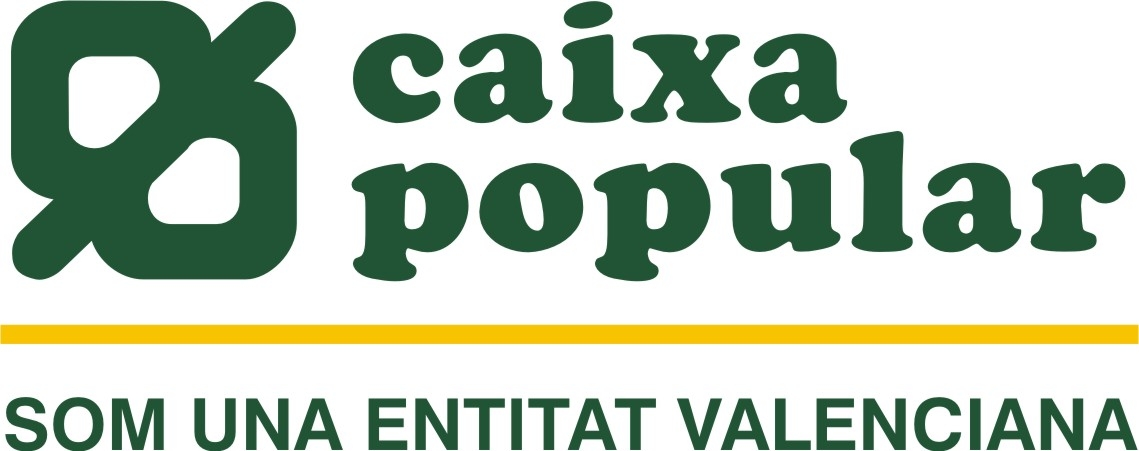
València, 27 de febrer de 2014
Nature echoes the key research of the University of Valencia to solve the Maeso case
-
The publication highlights in this week issue the importance of the study conducted by researchers Fernando González and Andrés Moya, which proved that the anaesthetist Juan Maeso had been the transmission focal point of a hepatitis C virus in evolution to 275 patients.
The journal Nature highlights in the issue published this week an article on the implementation of phylogenetic techniques in the judicial field, written by the British scientific journalist Shaoni Bhattacharya.
The article emphasizes the importance of the study conducted by the University of Valencia full university professors and researchers at the Cavanilles Institute of Biodiversity and Evolutionary Biology Fernando González and Andrés Moya. Their study proved that the anaesthetist Juan Maeso had been the transmission focal point of a hepatitis C virus in evolution to 275 patients, for which he was imprisoned in May 2007.Fernando González believes that Nature interest for his research is another scientific recognition to our study, which was very innovative and had a great impact in the scientific and judicial fields, but also at scientific dissemination level as, somehow, we opened the entrance to court for viruses.
The conclusions of this research were published last year in the journal BMC Biology, an article in which researchers from the High-level Centre for Public Health Research (FISABIO) of the Valencian Government also participated, and with which the scientific community supported González and Moya’s work, showed at the trial. Scientists proved, through a rigorous statistical analysis, who from the potential victims of HCV received it from the anaesthetist and who did not, which resulted in the exclusion of 47 people from the judicial process, because their virus infection came from unknown sources. In addition, using advanced techniques of evolutionary analysis, we could confirm the most probable date of each victim’s infection with almost 95% coincidence with the dates assigned independently by the public prosecutor’s office, Fernando González argued.
In addition to the complexity derived from the judicial treatment and the large number of samples and sequences with which the research was completed, Fernando González pointed out that an added difficulty derived from the continuous evolution of the virus within the source throughout the ten years period in which the duration of the outbreak was estimated, from Juan Maeso’s infection to the stoppage of this professional activity when he was discovered. Like the AIDS virus (HIV), the HCV evolves rapidly, even within the same individual. Thus, as González explained, in a short period of time different viral populations can be found despite their common source. The result, in this case, was that virtually all victims were carriers of different viruses, not exactly like the ones found in the source from which all of them derived from.
Battaacharya, S. 2014. Disease detectives. Nature 506: 424-426.
(http://www.nature.com/news/science-in-court-disease-detectives-1.14775)



